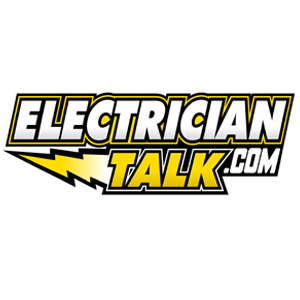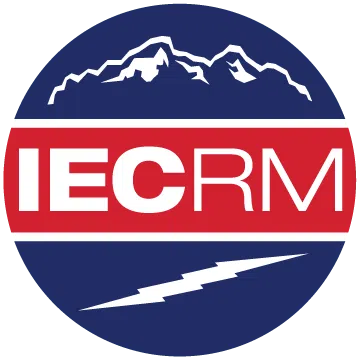Best Website Practices for Electricians from ElectricianTalk.com

More than 85 percent of the population searches for local contractors on the internet, and it isn’t enough to toss up a website and forget it. Remaining relevant in a digital world requires web design and content marketing know-how, even for electricians. Ensure your website follows these best practices to increase traffic and raise the chances of bringing in new customers.
- Use a Responsive Design
Consumers take an average of seven seconds to decide if your website (and by extension, your company) has what they need. If your design is too complex for them to easily navigate on a smartphone or tablet, you’re losing potential customers. Keep people interested by switching to a responsive design. These intuitive layouts determine the size of the reader’s screen and rearrange your site for easy usage. Responsive websites look best with short, concise paragraphs, minimal color, and simple logos.
- Provide Your License Information
Provide your license information directly on your website. Avoid placing it in a hard-to-find space, such as inside a paragraph, though. Instead, use a big, bold font to add it to your website’s header or footer. Offering upfront information makes it easier for customers to trust you because it shows your company is reputable and professional.
- Make the Navigation Easy to Use
If your website is still holding on to the passé design trend of categorized, dropdown navigation menus, get rid of them now. Stick to basic links that easily show up on your responsive design. Aim to create a homepage, an about page, a services page and a contact page. If you need to provide further information, you can, but don’t go overboard.
- Practice Good SEO
Search engine optimization is essential if you want your electrician’s website to show up in local results. Many website owners make the mistake of including keywords only in the content, but search engines rate your site on more than that. Include meta titles, meta descriptions, header tags and alt tags on every page. Create URLs that match the name of each page as well. Of course, SEO goes beyond the proper tags and keywords. Update your page often (a blog is a great way to do this) to keep it relevant, link to authority websites when possible and engage in social media to promote your site and your brand.
- Create a List of FAQs
Sometimes, sole proprietors or small businesses become inundated with the same few questions. Free your time for other tasks by adding the responses to a FAQ page. Some examples include quick information on what to do during an electrical emergency and some clear signs that the customer needs to hire an electrician. It’s also a good idea to provide a list of hours, whether you do emergency repairs, your license number (again) and other business-related information.
- Include a Contact Form
Above all else, include a contact form. Providing one has benefits for both you and your potential customers. For you, a contact form may prevent spam emails from bots that grab your email address from your website and make you offers that you absolutely should refuse. For your customers, a contact form is sometimes a more convenient method of communication during a busy workweek. Remember to provide a CAPTCHA or another form of security to prevent bots from filling out the form with irrelevant information.
Maintaining an electrician’s website can be a job in and of itself but it isn’t one you can put a pin in and never get back to. Have you noticed an increase in traffic after upgrading your website, or are you creating a checklist of things you need to accomplish now?
